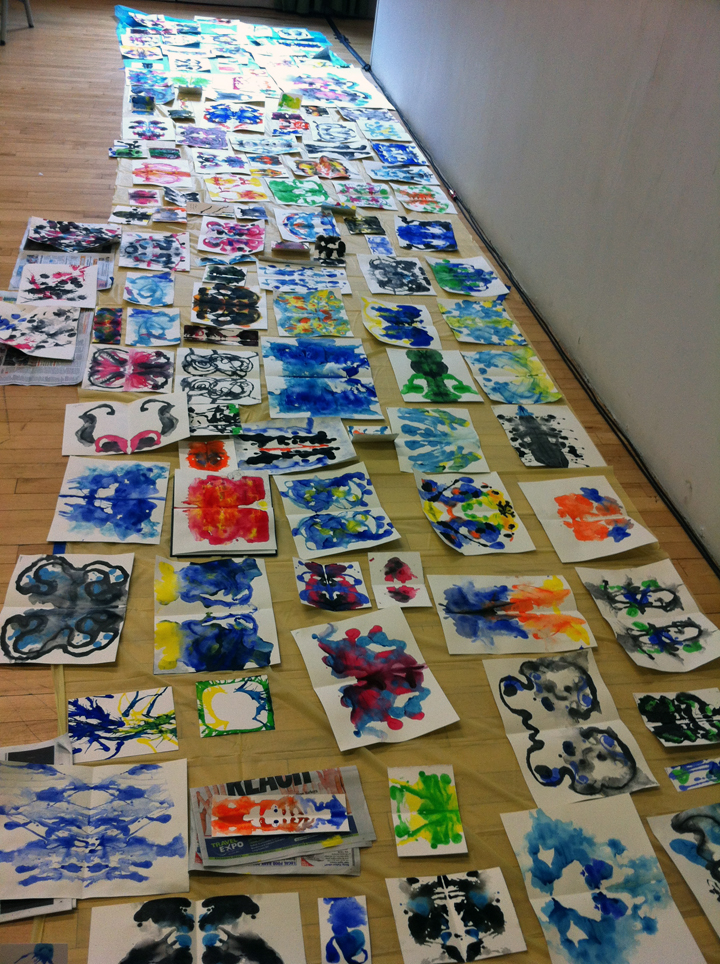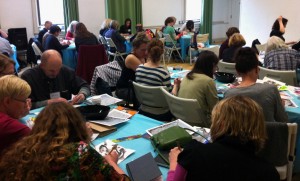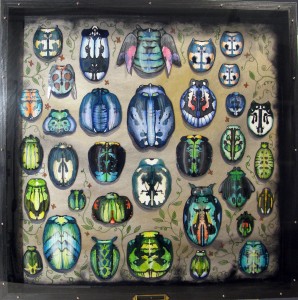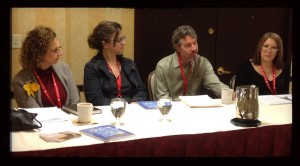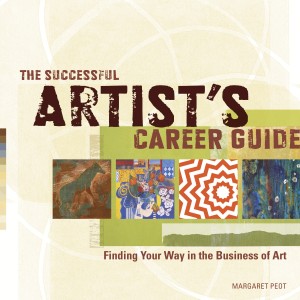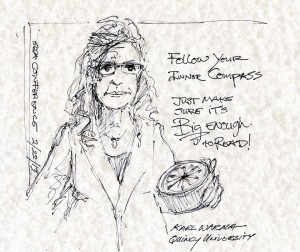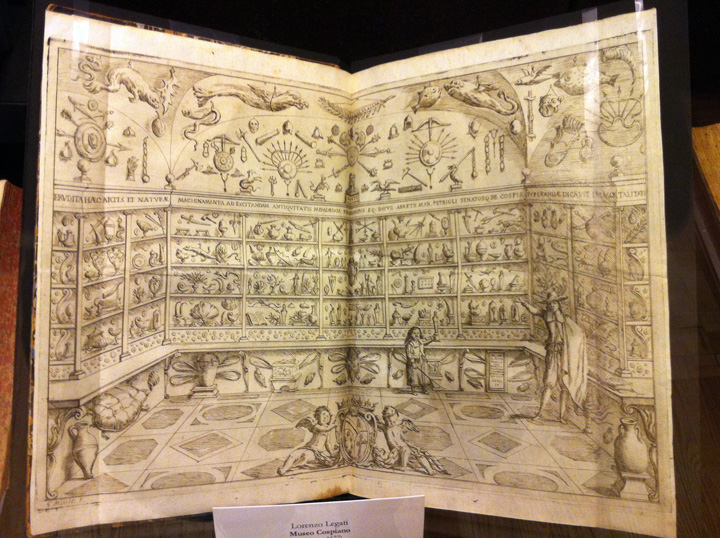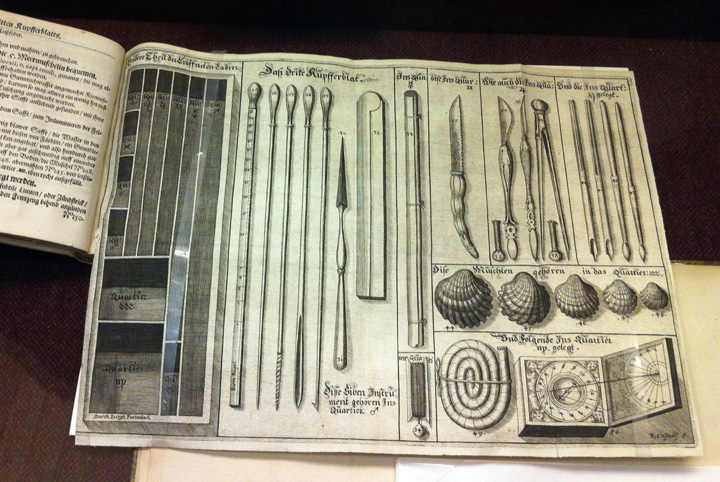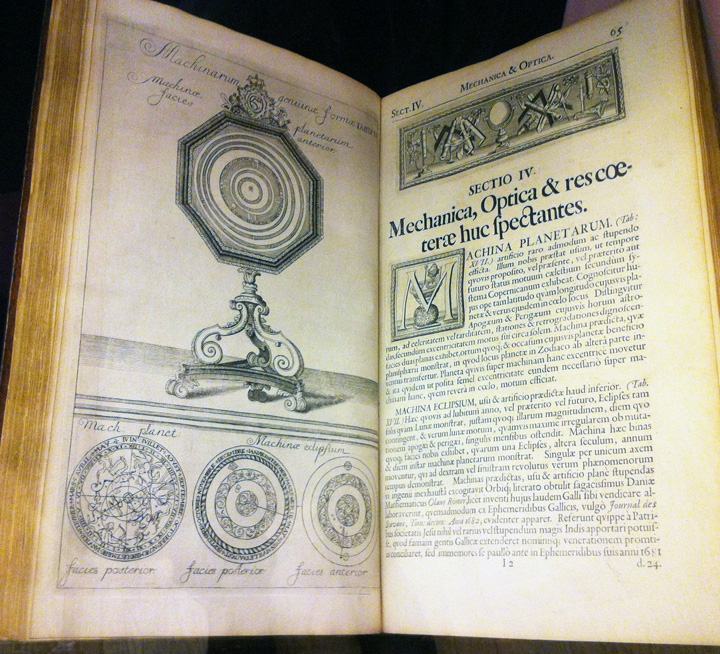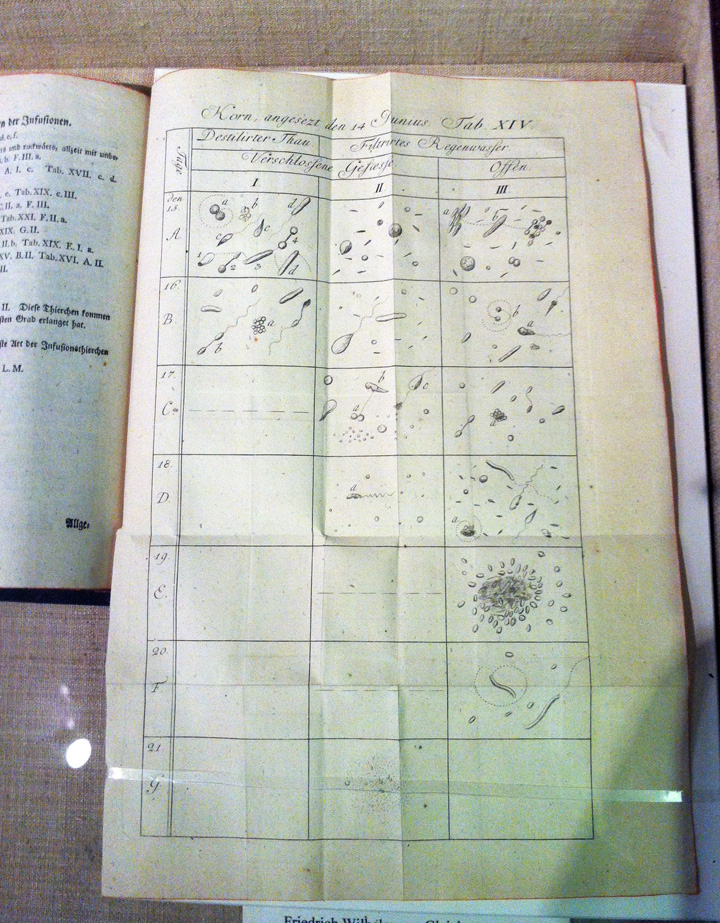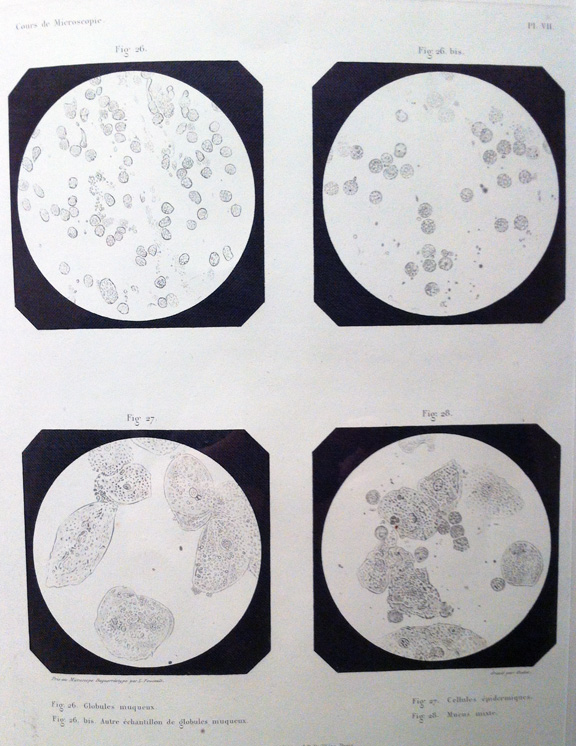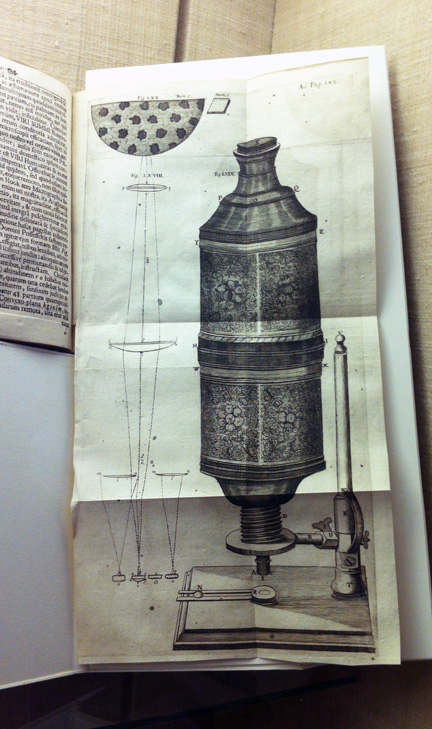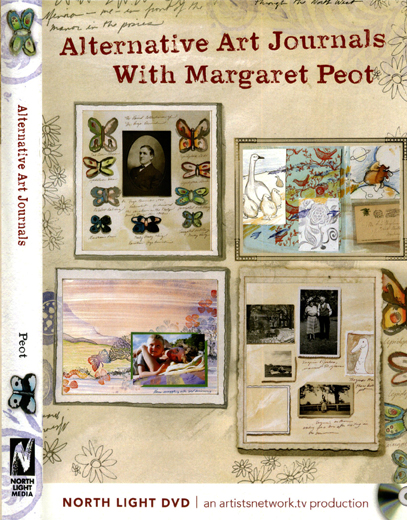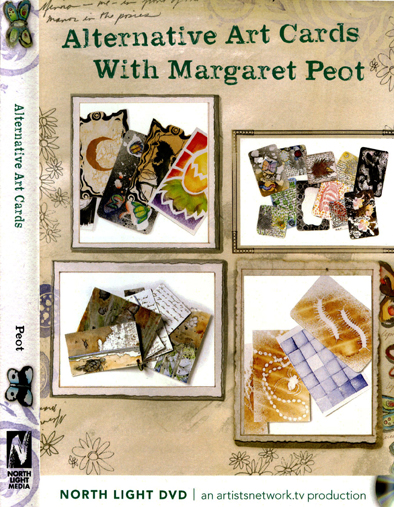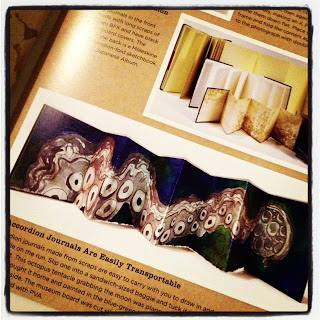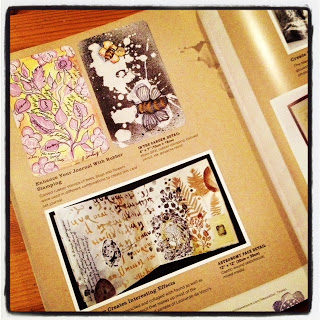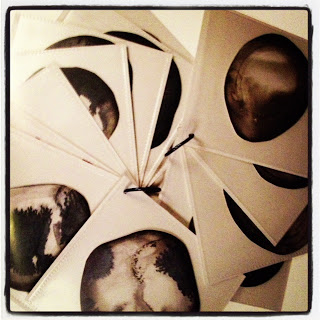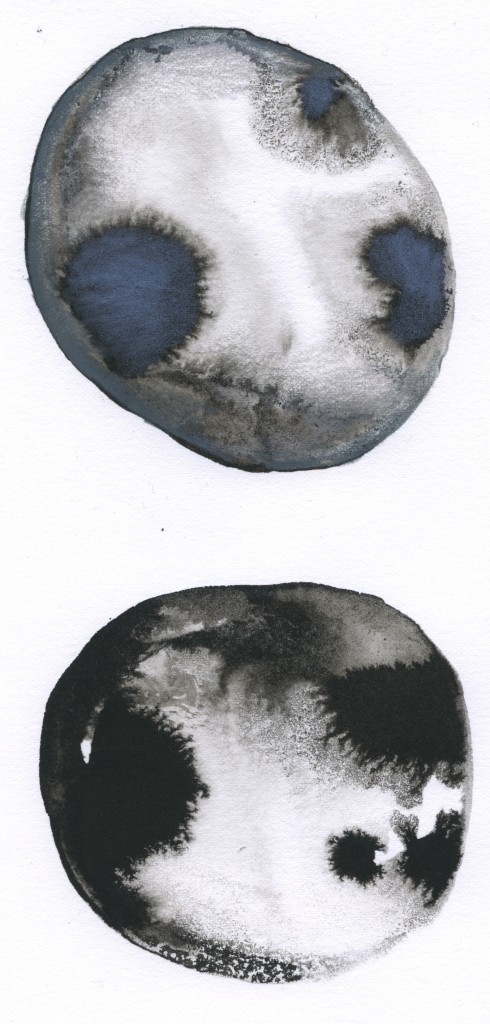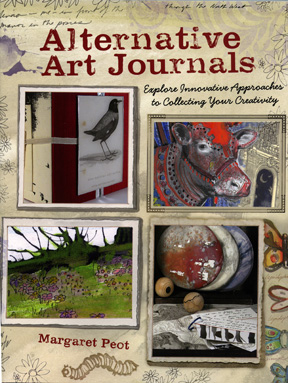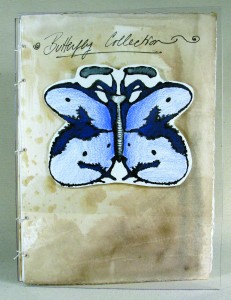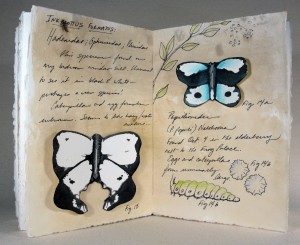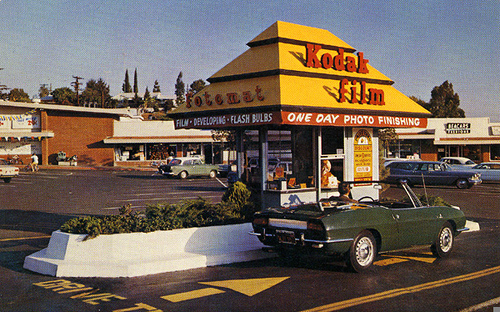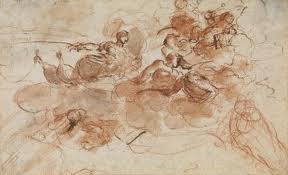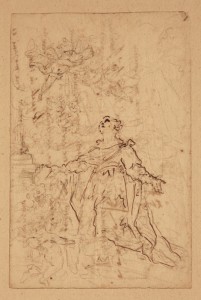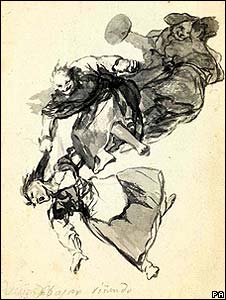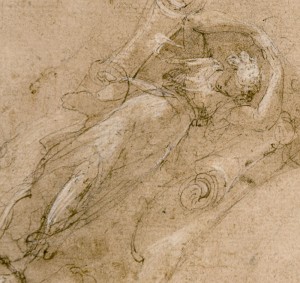This past week was the second annual Creative Aging conference hosted by The Creative Center at University Settlement on the Lower East Side of Manhattan. The conference was postponed from last fall due to the ravages of Hurricane Sandy, but didn’t lose any momentum, as far as I could tell! Robin Glazer, the director of the Creative Center, and her wonderful staff had a great week planned for the approximately fifty conference attendees comprised of artists and health care providers who work with the elderly.
I was happy to be able to present my inkblot workshop for the second year in a row. Last year, participants had told me that they wished that they could do an extended unit–where elders would be able to make inkblots, and then have something to work on when the workshop leader wasn’t with them, and also projects to extend the inkblot idea. I did a powerpoint presentation showing ways to extend the inkblot experience by making inkblot journals, inkblot masks and planets, and inkblot specimen boxes (to hold inkblot butterflies and beetles).
The participants made inkblots, and while their inkblots were drying, played the inkblot game. In the inkblot game, each table of 4-5 people had a stack of dry inkblots and a set of question cards (I have included the question cards below, and for participants of the conference, I believe Robin was going to provide a link to the cards, ready for xeroxing onto card stock). The questions are silly and encourage looking into the inkblots to see what one can see, and there’s always a lot of laughing.
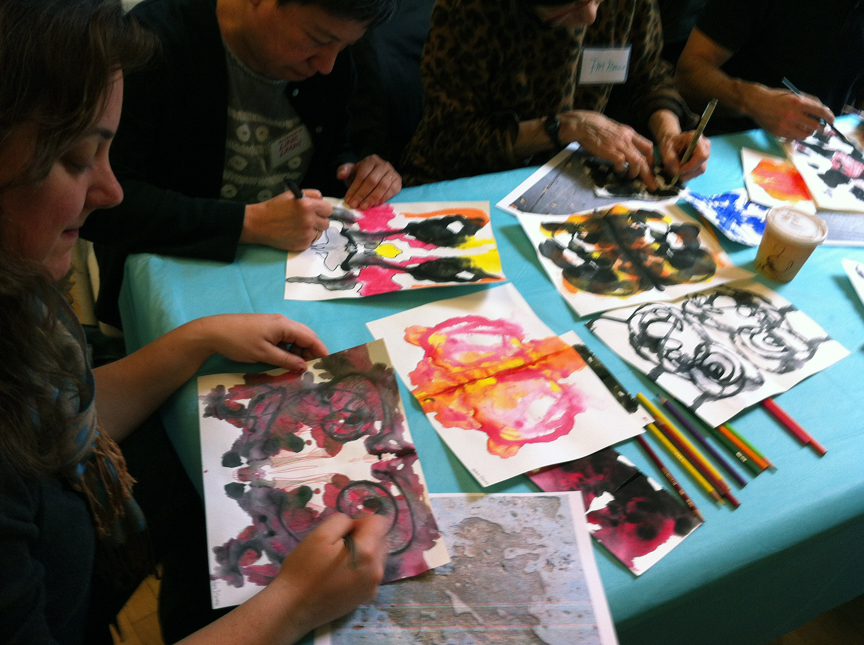 After brains were primed by the game, participants drew into their inkblots. Then we walked around and looked at each other’s creations, and reflected, publicly and privately on how the techniques could be used in various health care situations.
After brains were primed by the game, participants drew into their inkblots. Then we walked around and looked at each other’s creations, and reflected, publicly and privately on how the techniques could be used in various health care situations.
The Creative Center gave a copy of my book, Alternative Art Journals: Explore Innovative Approaches to Collecting Your Creativity, to each participant at the conference.
The inkblots are an artist’s rough sketches of a mural for your bedroom:
Which do you select for your wall?
What colors will you choose?
You are having tea with the Queen of a new and exotic country.
The inkblots are plates of food.
What dish are you and the Queen having for tea?
The inkblots are pets in a pet store.
You want to pick a pet
who will get along
with your difficult Persian cat.
Which pet do you pick?
You are going on a trip.
The inkblots are travel brochures.
Pick one and describe where you are going.
(You are not limited to this galaxy!)
As chief of your tribe, you must pick a meaningful figure for the top of your totem pole.
Pick one from the inkblots.
You are having a party, and the inkblots are prospective guests.
Who would be great fun at the party?
Who do you NOT want to come?
The inkblots are planets, and you discover one of them in a faraway solar system.
What is it like? Is there life there?
Would you want to visit this planet?
The inkblots are acts
auditioning for your small circus.
Trapezists, animals, clowns…
Which act do you choose?
What is it?
You are a gardener.
The inkblots are plants. Pick one and say if it is an invasive weed or a prized plant.
Why?
The inkblots are spaceships.
You are going to Mars!
Pick a spaceship and explain why this is your choice for interplanetary travel.
Pick three inkblots and put them in chronological order so that they tell a story. What’s happening?
What condition are these inkblots in? Pick one and tell if it is shabby or neat?
A baby or an elder?
New or old?
The inkblots are pictures from your latest holiday. Pick one and tell us where you went! Is this a beach scene or jungle?
A mountain? Is this an animal you encountered on your journey?
Pick one inkblot. What’s the feeling here? Is this a calm picture? A conflicted one? Why?
Pick an inkblot in which something is being shared.
What is being shared here? A confidence? A bowl or other object? A head?
You are selecting fish for your fancy saltwater aquarium. Of these sea creatures, which do you pick for your aquarium? What is it?
You are choosing the new fall direction for your apparel company. The inkblots are textile and clothing designs by various artists. Pick the new trend and tell us why you like it.
Do any of these inkblots look like a face? Or a mask? See if you can find one that does. What is this creature like?
Animal, vegetable, mineral?
If you see a bug, plant, person, monster, where does it live?
If you see an inanimate object, where is it?
The inkblots are pictures of social situations.
Pick a peaceable picture and one that is less so. Why do you think so?

